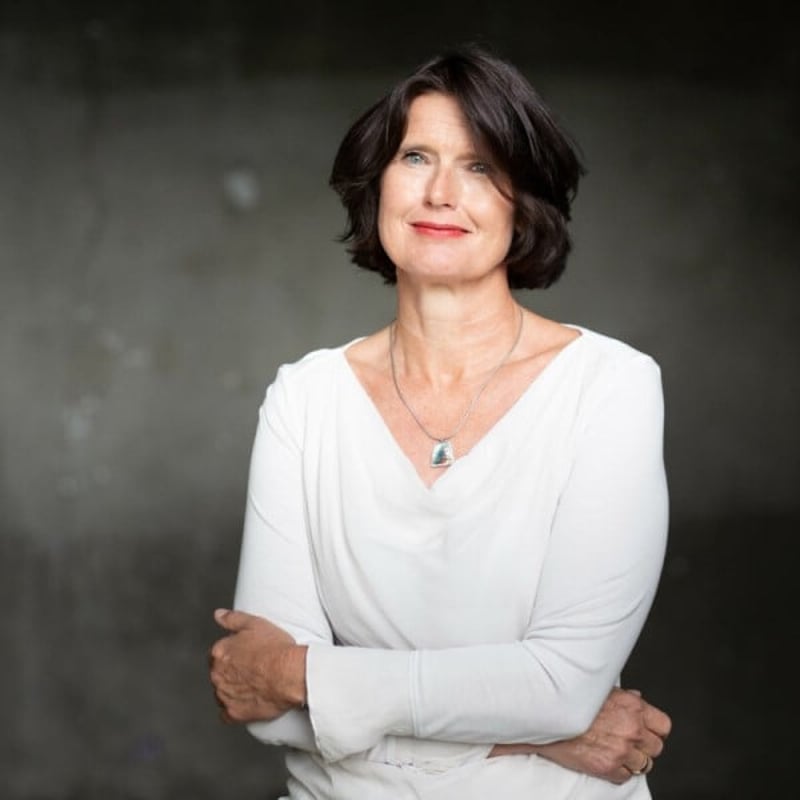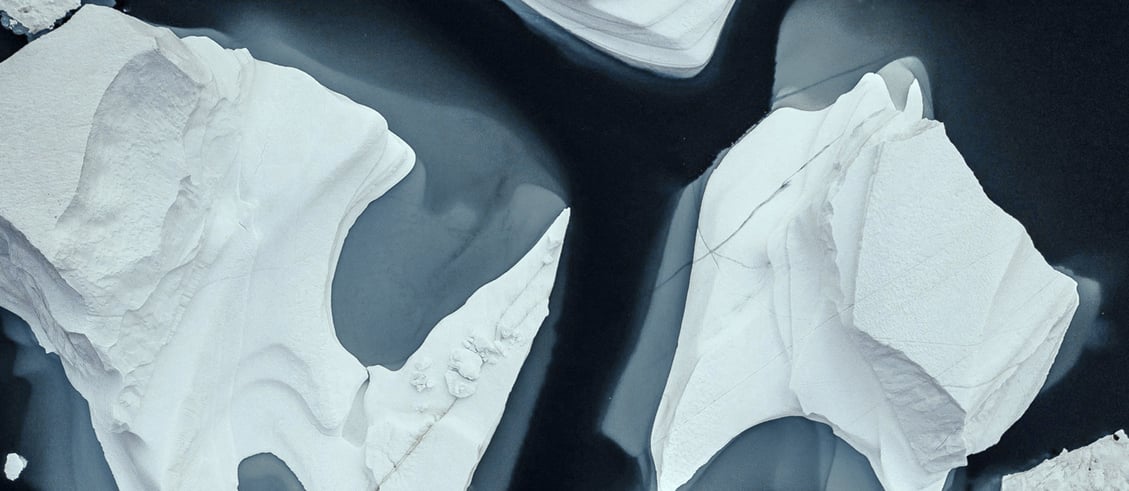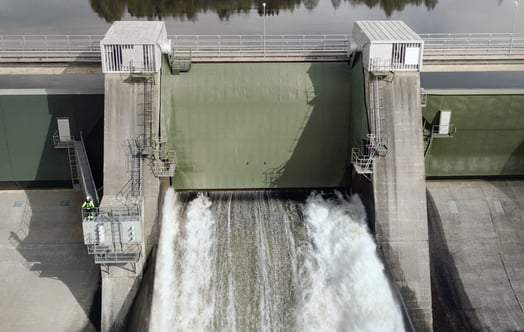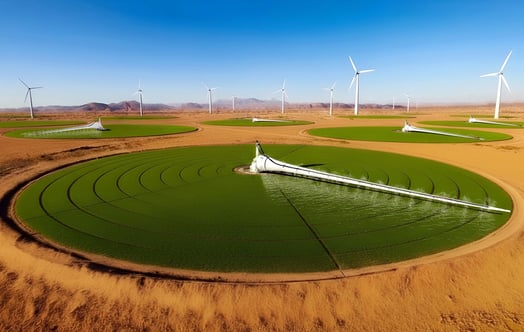People are tired of gloomy climate news reporting and stop listening to it, research shows. Still, the public’s engagement is vital for the needed energy transition to become a reality. Researcher and journalist Alexandra Borchardt shares six valuable tips on how this can be done.
Researchers agree that the deluge of alarming climate news leads to public desensitisation and despair. Therefore, finding ways to communicate about climate change without succumbing to the “bad news problem” has become crucial.

Alexandra Borchardt. Photo: Ina Abraham.
Alexandra Borchardt, is an independent journalist, researcher and consultant and a board member of the Constructive Institute in Aarhus, Denmark, which promotes constructive journalism by emphasising solutions and nuanced coverage.
In this article, Borchardt shares six important tips on how to avoid people shutting their eyes and ears to news about climate change.
1: The power of the messenger
Tailoring language and visuals to different audiences is crucial for engagement. “We need to reach people on the platforms they engage with and through voices they trust,” Borchardt says. “Facts alone don’t help. Research shows that more information doesn’t necessarily change minds; the credibility of the messenger is paramount. Audiences engage more with climate news from voices they trust.”
“It entirely depends on the audience you are targeting,” she says. “For example, wealthy individuals might find equally well-to-do people who changed their lifestyles more credible, while low-income audiences need cost-effective and practical solutions.”
2: Fostering hope and agency
A key initiative of the Constructive Institute is the Climate Explorer Fellowship. The research programme brought together five climate journalists from five continents with the goal of finding new ways to cover climate change with a constructive lens. A key finding of the research is the need to convey hope instead of promoting apocalyptic coverage – and stick to the science.
Climate stories, they found, should emphasise actionable solutions, not just catastrophic impacts. It should highlight community adaptations and mitigation efforts, inspiring readers to act.
“Helping to unlock people’s agency — that is, their knowing how to do something about the situation— is the antidote to eco-anxiety,” Borchardt says. “Climate protection needs hope.”
3: Promoting democratic conversations
Similarly, Borchardt argues, effective climate journalism and communication should ease discussions around potential solutions within a democratic framework, encouraging public engagement and political will. Climate communication should shift the narrative from conflict to collaboration, emphasising collective efforts to tackle climate change. Borchardt highlights the success of collaborative projects like Hostwriter’s “Sinking Cities” as models of effective climate communication.
4: Localised and diverse reporting
Another important aspect according to Borchardt is that climate journalism and communication must be rooted in the local context. Local stories resonate more with audiences as they relate directly to their environment and daily lives. Diverse reporting, especially from the Global South, enriches the narrative. As an example of localised reporting that really connects with readers, Borchardt cites the Canadian Broadcasting Corporation’s local heatmaps, an effective way to make climate data relatable and actionable.
5: Moving away from false balance
Journalists must abandon the false balance that gives equal weight to climate science deniers. Coverage should start with established scientific consensus and explain the evidence-based reality of climate change, avoiding the amplification of misinformation. The Climate Explorer Fellowship found that several worldwide studies show that people from across nations accept climate change as a reality and also acknowledge that it should be a high priority for their governments.
6: Simplifying complex narratives
To reach a broader audience, climate stories need to be relatable and understandable. Reporting should avoid overwhelming readers with distant timelines and complex metrics. Instead, it should focus on immediate, tangible impacts and practical solutions. Borchardt suggests communicators “use humor, visual storytelling, and examples from daily life to make complex topics accessible.”
To delve deeper into these strategies and share practical insights, Alexandra Borchardt will be a key speaker at our upcoming conference titled “Can climate communication overcome the bad news problem?” Sign up here to join us for a special interactive hybrid event that will be broadcast from Brussels’ historical Bibliothèque Solvay on Tuesday 24 September 2024.
Alexandra Borchardt is an independent journalist, researcher, and consultant focused on improving democratic discourse in the digital age. She works for the European Broadcasting Union, the World Association of News Publishers, and is a board member of the Constructive Institute, which attempts to move journalism towards more nuanced and solutions-oriented coverage.
Photo, top picture: Fer Troulik via Unsplash

Subscribe to the newsletter THE EDIT
THE EDIT is Vattenfall's new monthly newsletter. Each issue highlights a new burning issue from the world of sustainable energy and fossil freedom.





